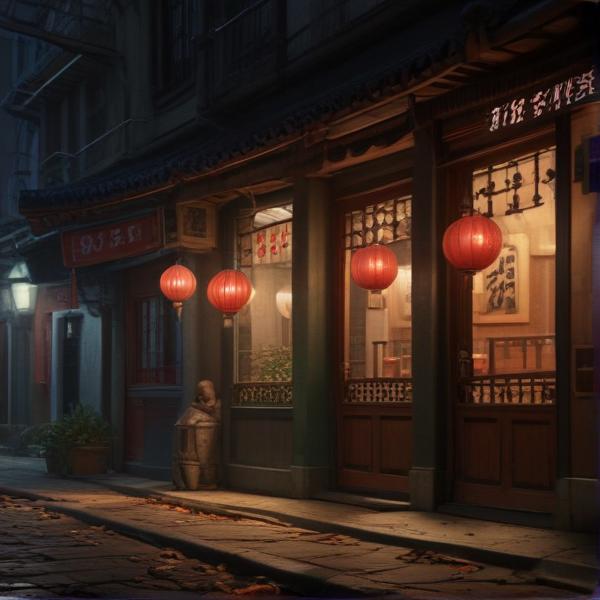基本信息 (Basic Information)
含义与用法 (Meanings & Usage)
中文核心释义 (Core Chinese Meaning): 哥哥,年长的男性兄弟。
英文核心释义 (Core English Meaning): elder brother
象形意义 / 为何这么写 (Pictographic Meaning / Writing Rationale)
文言文释义 (Classical Chinese Meaning)
与现代意义相近,主要指哥哥、兄长,也泛指兄弟。Similar to modern meaning; mainly refers to 'elder brother,' sometimes generally to male siblings.
深入学习 (In-depth Study)
字源故事 (Origin Story)
字形演变 (Character Evolution)
常用词语和例句 (Common Words & Examples)
兄弟 (brothers; brotherhood; close male friends)
他们是亲兄弟,从小一起长大。
Eng: They are real brothers and grew up together.
兄长 (elder brother (formal or respectful))
请兄长多多指教。
Eng: Please give me your guidance, elder brother.
兄妹 (elder brother and younger sister)
他们是一对很亲近的兄妹。
Eng: They are a pair of very close brother and sister.
相关成语 (Related Idioms)
相关成语信息待补充。Related idiom information pending.
多语言翻译 (核心释义) (Translations (Core Meaning))
- French: frère aîné
- German: älterer Bruder
- Spanish: hermano mayor
- Italian: fratello maggiore
- Portuguese: irmão mais velho
- Russian: старший брат
- Arabic: الأخ الأكبر
- Persian: برادر بزرگتر
- Dutch: oudere broer
- Polish: starszy brat
- Vietnamese: anh trai
- Ukrainian: старший брат
视频学习资源 (Video Learning Resources)
通过以下链接在热门视频网站搜索 "兄" 的更多讲解:
Search for more explanations of "兄" on popular video sites:
- 在 Bilibili.com 搜索 "兄 字源 说文解字" (Search on Bilibili)
- 在 YouTube.com 搜索 "兄 character origin etymology" (Search on YouTube)
网络参考 (Web References for "兄") ()
网络内容摘要 (Web Content Summary):
-
核心含义:“兄”字主要指哥哥,即同辈中年纪较大的男性。 Core meaning: The character "兄" mainly refers to an elder brother—an older male sibling.
-
象形起源与文化背景:“兄”的字形本义尚有争议,有观点认为其早期字形表现为“人形侧立,大嘴巴”,象征“发号施令的人”,即家中的领头者;部分学者还认为“兄”和“祝”(祈祷或祭祀)有关,因祭祀时需出声祈祷,“口”字在字形中体现这一特点。 Pictographic origin & culture: The origin of "兄" is debated: some say its ancient form features a standing person with a large mouth, symbolizing someone who gives orders (the leader/elder); some scholars link it to "祝" (to pray or offer sacrifice), since rituals involve speaking aloud, reflected in the presence of "口" (mouth) in its structure.
-
常见用法与易混淆点:在现代汉语中,"兄"常出现在“兄弟”(brother)等词语或成语中。需注意,“兄”专指哥哥,而“弟”指弟弟,常被初学者混淆。 Common usage/confusion: In modern Chinese, "兄" appears in words like "兄弟" (brothers). It's important not to confuse "兄" (elder brother) with "弟" (younger brother), a common mix-up for beginners.
-
其他:关于“兄”字具体的本义和形成,学界有多种观点,目前没有统一结论。 Other: There is still no scholarly consensus on the original meaning or formation of "兄".
汉字"兄"的起源、演变过程-汉字字源辞典
汉字字源辞典收录7747条汉字词条,基本涵盖了常见汉字的字源解析,是汉字研究的必备工具。 ... 兄-側立人形大嘴巴-發號施令說了算的人;祝-側跪人形大嘴巴-祭祀祈禱之人,或加"示"字以強調祭祀之義。
兄_百度百科
兄字的构型和本义尚不明确。《 说文解字 》及段玉裁注(见"古籍释义")等古注皆将兄字之在西周文献中的常见义(如增长)与兄字之字形牵合,根据这些词义去解释兄字字形结构,但是有牵强附会之感。 [3] 近现代有一些学者认为"兄"是" 祝 "的初文,祝即祈祷、祭祀,祝祷需要口,所以用 ...
更多图片 (兄 More Images) ()
